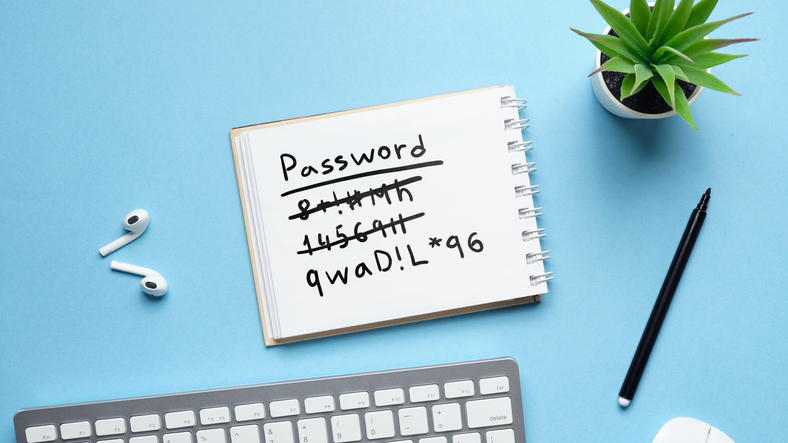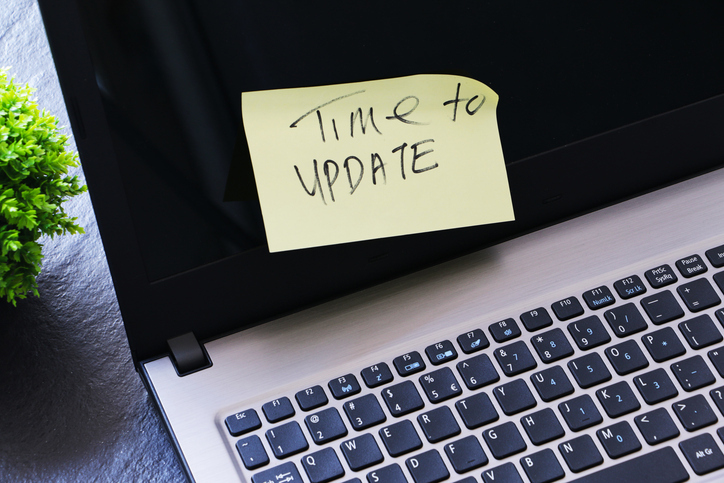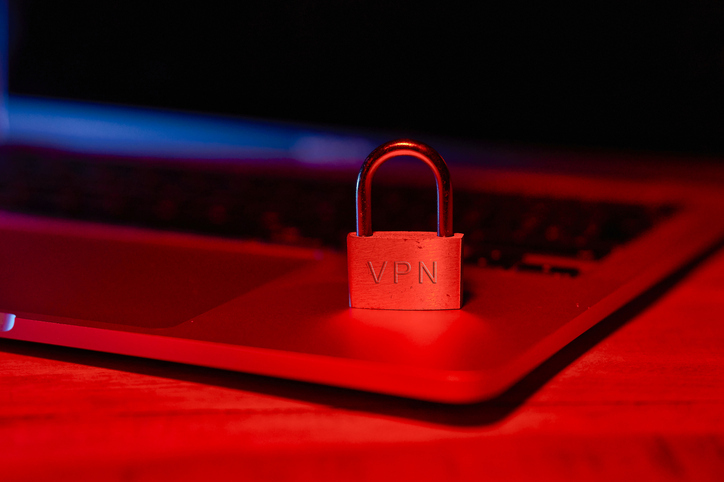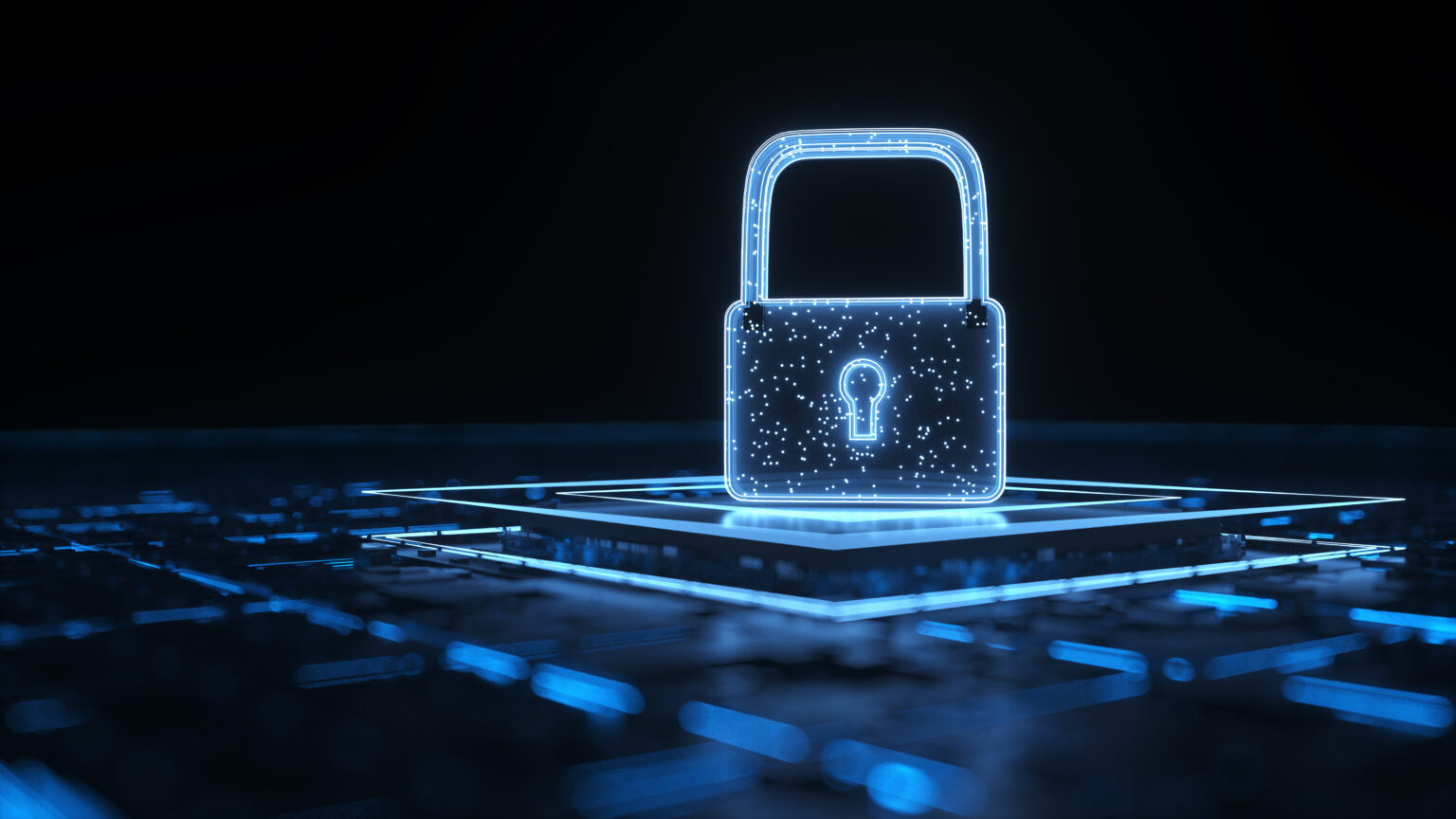With the rise of remote work and the increasing number of connected devices in our homes, home cybersecurity is more critical than ever. However, while there’s a lot of emphasis placed on cybersecurity in the workplace, it’s not always top of mind in the home. “The majority of home users are not sophisticated and don’t have access to the sophisticated protection like they have in the office,” says Clyde Briell, founder and owner of EZCLOUD Technologies, a company that specialises in cloud computing services, including cybersecurity.
This is worrying not only for individuals but also the companies they work for, as an employee’s poor home cybersecurity can act as a back door for threats. Here, Briell shares tips for keeping your home network and devices secure.
1. Use Complex Passwords
One of the simplest yet most effective ways to enhance your home cybersecurity is by using complex passwords.
Your move: Be sure to change the default passwords that come with your Wi-Fi router and Wi-Fi-enabled devices. Briell stresses the importance of setting non-obvious passwords. “Complex passwords which include alphas (letters of the alphabet), numerics, and symbols are very important,” he notes. Your passwords should be at least eight characters long and should be changed periodically.

This makes it harder for potential hackers to guess or crack your passwords. Additionally, Briell advises against using the same password across multiple devices or accounts, as this can make you more vulnerable if one password is compromised.
2. Disable Unnecessary Wi-Fi Access Points
Many home printers, scanners, and other devices are Wi-Fi enabled and operate as Wi-Fi access points, which can inadvertently expose your network to external threats. “Turn off all Wi-Fi on devices like home printers and scanners,” Briell advises.
Your move: To check if your devices are broadcasting a Wi-Fi signal, simply scan for available networks using your phone or computer. If you see the name of your printer or scanner listed, it means the device is acting as an access point.
3. Keep Your Devices Updated
Yes, those constant updates can feel tedious, but keeping your devices updated is crucial for home cybersecurity because it ensures that you have the latest security patches to protect you from known threats, says Briell. “People typically run old versions of software, like old Windows. They don’t do their updates, and then they wonder why they get viruses,” he says.

Your move: Update your devices and applications regularly or make sure that all devices, including computers, tablets, and smartphones, are set to automatically install updates.
4. Enable WPA Security
Wi-Fi Protected Access (WPA) security on your home network is a fundamental step in enhancing your home cybersecurity. WPA encrypts the data transmitted over your Wi-Fi, making it much more difficult for unauthorised users to access your network and intercept your data.
Your move: To enable WPA security, access your router’s settings, typically through a website login, and look for the security settings section. Select WPA2 or WPA3, which are the most secure versions available. Avoid using older encryption methods like WEP, as they are far less secure.
5. Use Guest Networks
While you’re at it, using guest networks for visitors who need to connect to your Wi-Fi is also a good idea, says Briell. “What’s important about a guest network is that it doesn’t allow guests to see all the other devices on the home network,” he explains.
Your move: To enable a guest network, access your router’s settings through the website. Look for the guest network option and simply follow the instructions to set it up. Be sure to create a unique and complex password that’s different from your primary network’s password.

6. Consider a VPN for Extra Protection
A virtual private network (VPN) encrypts your data, making it much harder for hackers to intercept or access your information. “It provides a secure tunnel so that when you’re connected, you can’t really be infiltrated on the network that you’re sharing,” says Briell.
Your move: Use your own VPN when you’re using public hotspots in places like cafés and airports. They’re often frequented by hackers who impersonate legitimate services and perpetrate man-in-the-middle attacks, stealing all your credentials.
7. Be Wary Of Free Software Downloads
“The biggest vectors for viruses are children, teenagers, and IT nuts playing games or downloading things that are just too good to be true,” says Briell. Free software can often come bundled with malicious code that can compromise your system and access your stored files.
Your move: Only download software from reputable sources and ensure it’s from a legitimate provider. Educate family members, especially children, about the dangers of downloading free software from unknown websites. Instead, allocate a budget for purchasing games or other software from trusted platforms. This reduces the temptation to seek out free, potentially dangerous alternatives.
Safeguarding your home and personal networks will give you peace of mind and secure you against cybercriminals and attacks. For more stories about other online threats, here is our list of internet dangers and how to combat them.



